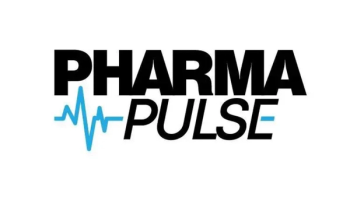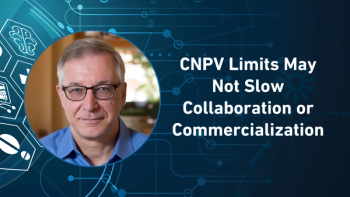
How Geospatial Mapping Reveals the Impact of Pharmacy Closures
In the first part of her Pharma Commerce video interview, Maggie McCullough, PolicyMap’s CEO, explains how geospatial mapping can help identify and address emerging pharmacy deserts across the United States.
In a video interview with Pharma Commerce, Maggie McCullough, PolicyMap’s CEO, highlights how geospatial mapping can play a critical role in identifying and addressing pharmacy deserts—areas where access to pharmacies is limited or nonexistent. With an estimated 17.7% of the US population affected, the issue is increasingly urgent, particularly as major chains like Rite Aid close locations. Using Philadelphia as a case study, McCullough explains that 13% of the city’s pharmacy locations were Rite Aid stores, and their closure could significantly impact local access to medications and health services.
Geospatial tools like PolicyMap allow stakeholders to visualize not just where pharmacies are closing or opening, but also the broader context of the communities they serve. This includes assessing whether alternative pharmacy options exist nearby and evaluating how easily residents can access them. Physical distance is only part of the picture—transportation availability, such as car ownership or access to public transit, is also crucial.
McCullough further emphasizes that pharmacy access now extends into the digital realm. Telepharmacy is a growing solution, but it requires reliable internet access and digital devices—resources not all households have. Understanding these additional barriers is essential for designing effective interventions.
By layering geographic, transportation, and socio-economic data, mapping platforms can help policymakers, health systems, and community organizations proactively identify at-risk areas before they become pharmacy deserts. This data-driven approach enables more targeted responses that account for the real-life conditions affecting healthcare access, including digital equity.
McCullough also comments on what PolicyMap’s data reveals about the relationship between pharmacy access and broader health disparities in underserved communities; how mobile and digital solutions can be deployed effectively to close the gap in areas identified as pharmacy deserts; how data-driven insights support PBMs and healthcare leaders in negotiating fairer drug pricing; and much more.
A transcript of her conversation with PC can be found below.
PC: With an estimated 17.7% of the US population living in a pharmacy desert, how can geospatial mapping help identify and address emerging pharmacy deserts across the country?
McCullough: I think it's important to understand the geospatial relationship to it, because I think there's two parts of it. One is the very obvious one, which is staying on top of where pharmacies are closing and where they're opening, and the second is really understanding what life looks like in the communities that those pharmacies are supposed to serve.
If we think about the first one, I live in Philly; PolicyMap’s headquarters is in Philly. Rite Aid recently announced that it is going bankrupt and it is closing its pharmacy locations in Philadelphia. When you look at those locations on a map and count them, about 13% of the pharmacy locations in Philadelphia are Rite Aid. It's a big number, so it's really important to understand not just that number, but exactly where in space that pharmacy sits. You can see if there are other options for the community that was served by that Rite Aid and if they're going to be okay—or if there are no other options, and this is going to be an emerging pharmacy desert.
Then, you have to understand what is going on in the lives of the people that are being served by that pharmacy. We think about pharmacy deserts as how far it is to get to a pharmacy, but does that household have a car to actually get there? If they rely on public transit, is it two or three stops to get there?
There are other access barriers that make up a pharmacy desert. The other is internet. We have a lot of ideas going around about telepharmacy—does the household have access to the internet? Do they have a device at home with which to access the internet? All of this data exists in PolicyMap and in other mapping applications, perhaps where it can be overlaid and looked at in combination to really stay on top of and identify emerging pharmacy deserts, while then creating interventions best designed to address the needs of those areas.
Newsletter
Stay ahead in the life sciences industry with Pharmaceutical Commerce, the latest news, trends, and strategies in drug distribution, commercialization, and market access.





